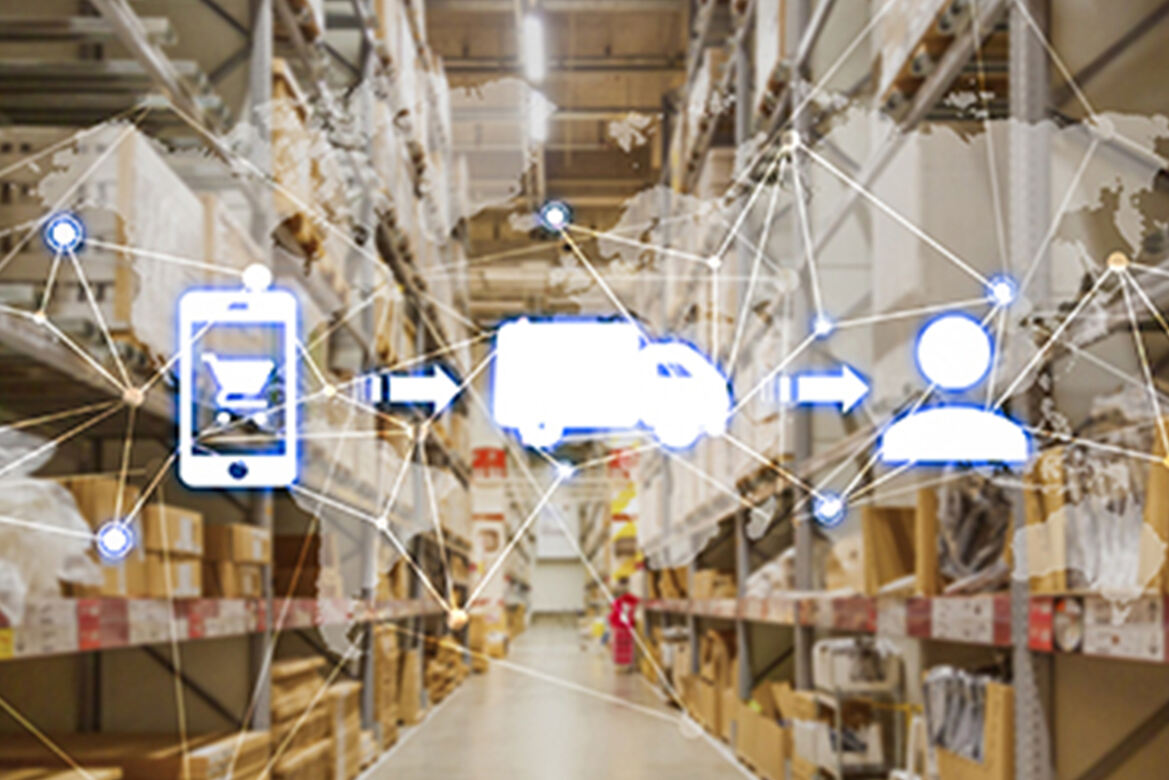Introduction
Global trade, the backbone of global shipping and logistics is defined as the exchange of goods or services along international borders. Historically, these industries have struggled with operational costs that run too high, inefficient routing processes and poor real-time tracking. But new technologies are changing sectors that have not really been examined critically in these terms. The following article looks at how technology has changed the landscape for global shipping and logistics, making it more efficient while helping to keep costs down and ultimately benefitting customers.
Where We Stand in the World of Shipping and Logistics Today
Today, the world of global shipping and logistics are all but obsolete as we plunge headfirst into the technological revolution. Challenges include high operations costs due to manual processes, delays in routing and scheduling which impacts the delivery times, real time tracking not available for all shipments that makes harder companies managing their supply chain. These problems have only been exacerbated with the rise of globalization and an increased demand for speed, reliability in service delivery as well as seamless interaction between states.
Technology — The Driving Force behind the Shipping Revolution
The good News is that technology can help to solve these problems and the following are just a few key areas of innovation:
1. Automation & Robotics: Automated sorting systems and robotic arms are being employed to optimize the loading/unloading operation cycles, pave way for minimizing human errors at work place thus elevating productivity levels.
2. Internet of Things (IoT): IoT devices help in monitoring the location & state of goods which is essential to track shipments real time. — GPS tracking pubic transport data for logistics solutions Sensors within the smart containers can further track environmental conditions such as temperature or humidity to maintain the condition of cargo and new producers, thus enhancing freshness standards.
3. AI and Machine Learning — AI being used to predict demand, optimizing supply chain for companies. Machine learning algorithms are able to read through all this data as well and help with route planning an schedules, leading times and expenses to drop.
4. Block chain Technology — This is where all the transactions will take place with greater visibility and it can reduce operational cost for customs as compliance processes become more efficient. This technology also helps reduce fraud and increases confidence in the supply chain.
Types of Technology Used in Shipping
However, many firms are already using these technologies to redefine logistics. On a larger scale, Amazon has been trying out drone deliveries to alleviate pressures of delivery times and reduce unnecessary trips. For instance, Maersk — some of the world's biggest ocean carriers — has used block chain to track and manage documentation involved almost 30 payments or exchanges across a single international shipment.
Challenges and Considerations
Okay, so there are definitely tons of benefits but let me not be mistaken the challenges that exist here as well. Some companies fall prey to technological barriers, like the digital divide. This also ensures safety and data protection - with the proliferation of IoT devices, security issues can become more common. Second, new technology adoption can be inhibited by regulatory barriers and the standardization between various countries. Automation and AI will also shift the job market, needing companies to help retrain existing workers.
Global Shipping and Logistics Revolutionaries of the Future
In the future, smart technologies such as driverless cars or better materials for shipping containers that are lighter and stronger will continue to revolutionize transportation. It is very much involved and indeed sustainability will lead to some greener technologies working for a reduction in overall carbon emissions created by shipping and logistics works. Circular economy principles adoption — Another thing that will shape the future of logistics is also a trend and it forces are circular economy.

 EN
EN
 AR
AR
 DA
DA
 NL
NL
 FI
FI
 FR
FR
 DE
DE
 EL
EL
 IT
IT
 JA
JA
 PL
PL
 PT
PT
 RU
RU
 ES
ES
